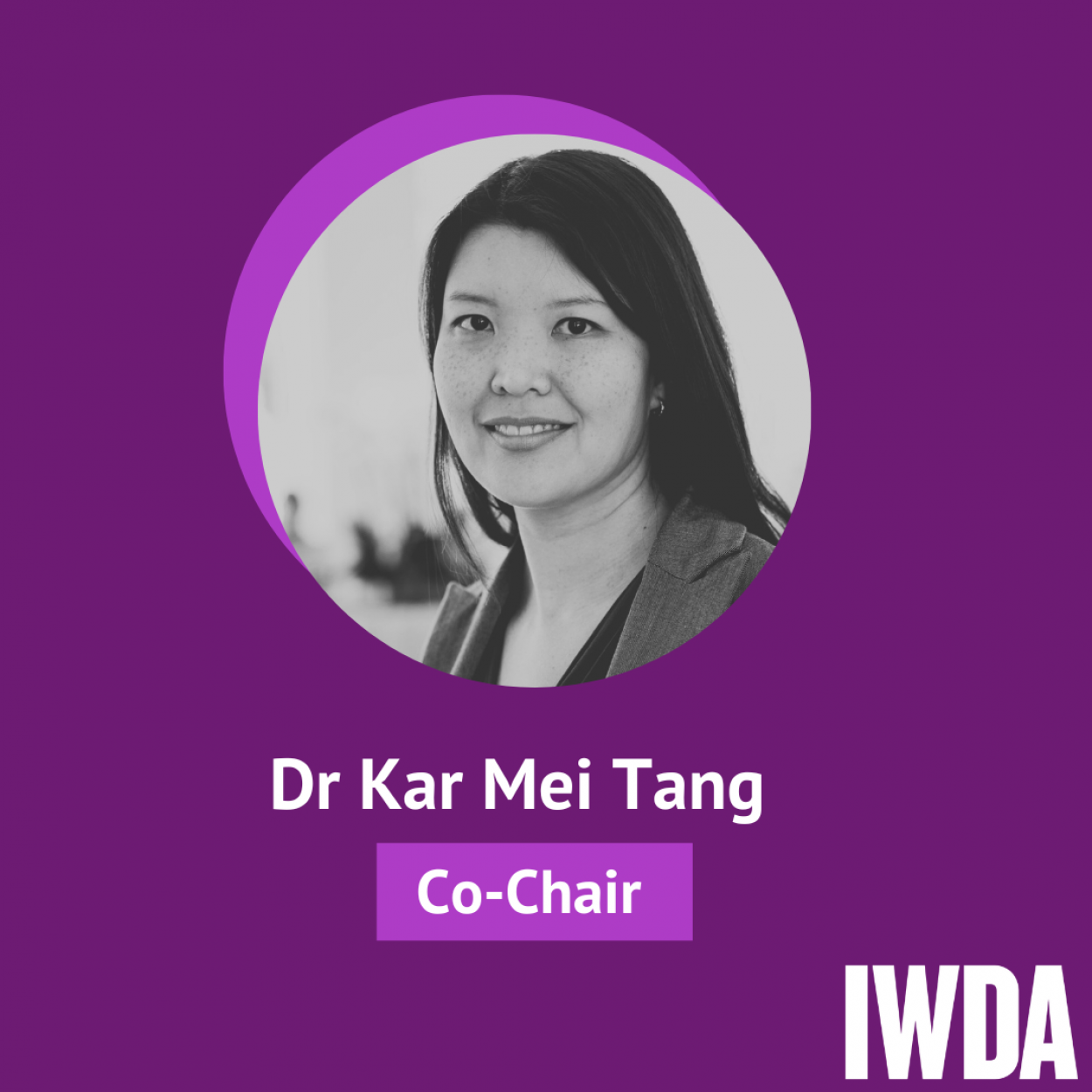
Why Australia needs a feminist foreign policy
IWDA and CARE’s new report, ‘From rhetoric to reality: Towards a feminist foreign policy’, puts the Australian 2019-20 budget under a feminist lens. Here’s what they found.
Feminist foreign policies are increasing in popularity around the world with Sweden[pdf], Canada and France all boasting feminist approaches to their development assistance or wider foreign policy efforts.
These feminist foreign policies (though not without critique[pdf]) highlight the different ways policies and investments impact women and men, as well as the ways gender norms impact the efficacy of overseas aid. A feminist foreign policy aims to advance the interests of all citizens – not just the priority interests of (mostly male) leaders.
Australia has taken some steps to integrate gender equality into its foreign policies. The introduction of the ‘80% target’ in the aid budget aims to “effectively address gender issues in their implementation” across at least 80% of Australia’s aid investments—not just investments that have explicit gender equality objectives. Australia remains one of the top OECD donors for women’s equality [pdf]. The importance of gender equality is also explicitly recognised in the Foreign Policy White Paper.
And yet, Australia has a long way to go. The 80% target has never been met [pdf] (and is the only target yet to be achieved). Australia’s aid budget continues to shrink despite the Coalition’s recent federal budget putting us in a surplus for the first time in more than a decade – we now spend $9 on defence for every $1 on aid. The White Paper missed the opportunity [pdf] to genuinely integrate gender equality as a significant factor in Australia’s foreign policy.
Transforming rhetoric into action
So how could the Australian Government turn its gender equality rhetoric into concrete, cross-cutting action? By adopting a feminist foreign policy which recognises the critical importance of gender in shaping the economies, governance and stability of nations; requires the pursuit of gender equality as a standalone goal; and utilises a gender analysis of all foreign policy decisions and investments.
The International Women’s Development Agency’s (IWDA) and CARE’s recent gendered analysis [pdf] of Australia’s aid budget against a feminist foreign policy lens reveals that the government has not taken substantive steps to integrate a gender sensitive or transformative approach in its development program.
With the move away from service delivery towards large aid facilities, like the new infrastructure financing facility in the Pacific (AIFFP), the government has failed to genuinely consider the gendered impacts of non-concessional loans and associated debt. In the UK, women have borne more than 86% of the cost of austerity measures because women are more likely to work in public service jobs, and are more likely to have to make up for the loss of services by increasing their unpaid care work [pdf]. This is concerning when it comes at the same time as a reduction in support for service delivery projects, like healthcare and education, which will also disproportionately impact women.
Nor has the government included the very real and gendered impacts of climate change in its climate-related ODA. Women are largely excluded from formal decision-making spaces, including discussions on climate change policy. This means that even though women are more likely to experience violence following a disaster, and are 14 times more likely to die [pdf] than men in climate-related disasters, their concerns and needs are left out of important policies. A feminist foreign policy would prioritise advocating for the inclusion of women in decision-making spaces at every level.
A feminist foreign policy is one of the best ways to ensure our government is putting its rhetorical support for gender equality into practice. The Australian Government has a good track record of supporting gender equality in the international sector (especially when compared to other countries), but we must do more. Increasing funding for women’s rights organisations, engaging context-specific gender experts throughout the program cycle, and requiring on-going, hands-on management of aid facilities are necessary steps if we want to accomplish our 80% target.
This article was originally published on BroadAgenda. It was written by IWDA’s Elena Robertson and Alice Ridge, and CARE’s Roslyn Dundas.




